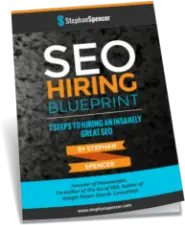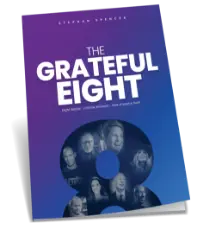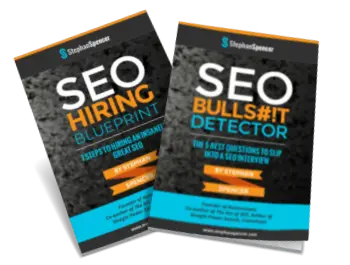It is a simple fact that if you run a business today, you must also run a website that houses engaging content.
As has been said many times, brands are now publishers.
For companies that have a marketing team or expertise in creating content, this is no problem at all. For those that don’t, it may be challenging to know where to begin.
The good news is that developing great content marketing ideas isn’t some mystical process. The internet may demand content from us, but it has also given us the tools to understand what type of content people want.
You just have to know where to look.
If you’re stuck for ideas, here’s a simple process that you can use to get your creative juices flowing…
Step 1: Keyword Research
As any successful artist or writer will tell you, it’s a waste of time to sit around waiting for inspiration to strike. The more you work, the more you read, the more you research, the quicker ideas will come to you.
In marketing, we always start by trying to understand what people want.
The most effective way to do this is with keyword research. While keyword research can get pretty advanced, you can start by simply typing topics related to your business into a tool like Google Keyword Planner, Ahrefs, or SEMrush. For example, I might start by typing in terms like “SEO” or “SEO services”.
Sort the results by traffic volume so you can see the most popular terms, and make a note of them. You can also use a tool like Answer the Public to get more detailed information on the types of questions that people ask around specific topics.
The valuable thing about this type of research is that it gives you insight into what your customers are thinking, and the types of information that they are seeking.
Step 2: Check What Your Competitors are Doing
Once you have a list of high-traffic terms in your niche, it’s time to check out what your competitors are doing. You can start by simply typing the list of terms you gathered in the previous step into Google and seeing what articles, videos, or posts rank for each them.
Make a note of the best posts, and anything that sticks out about them. For example, what makes them interesting or remarkable? What are the best headlines? What is the word count of the top-performing articles? Could you create something better than this? How?
It’s also worth clicking through the sites of your biggest competitors. What kind of supporting content do they post? What kind of posts perform well on their social media pages? Which posts get the most comments?
The goal here isn’t to copy what other businesses are doing verbatim. Rather, you’re trying to get a sense for what people (and by extension, search engines) are looking for in your particular niche.
Step 3: Compile Your Notes and Set Up a Brainstorming Session
Once you’ve gathered your research on the highest traffic terms and the competitive landscape in your niche, it’s time take everything you’ve learned and feed it into a massive brainstorming session with your team.
If you’ve done your research thoroughly, you should have a pretty good idea of what types of content perform well in your industry, and how you might be able to create something similar.
The goal of the brainstorming session is to take your research as a jumping off point and really get your creative juices flowing. The aim is to come up with as many wild and outrageous ideas as possible.
At this stage, you don’t want to filter too much. Just write down everything that pops into your head, no matter how outlandish or unfeasible it might seem.
By the end of the session, you should wind up with a huge list of ideas. You probably won’t use most of them, and that’s okay! Just filter out the best ones and then use a tool like CoSchedule Headline Analyzer to create a compelling headline.
Once you have a “hook” for your article, it should be pretty easy to fill in the blanks.
And there you have it!
For more great content marketing tips, check out my interview with Clare McDermott on the Marketing Speak podcast.







